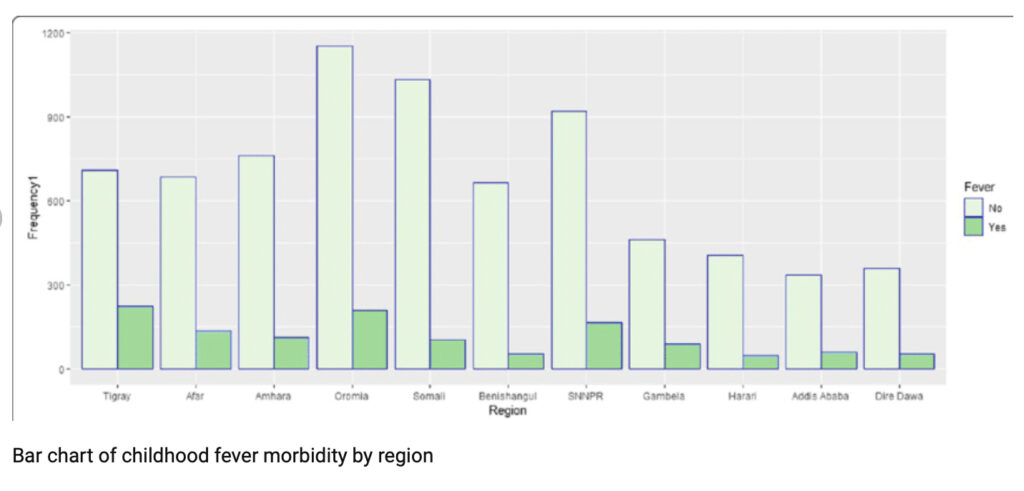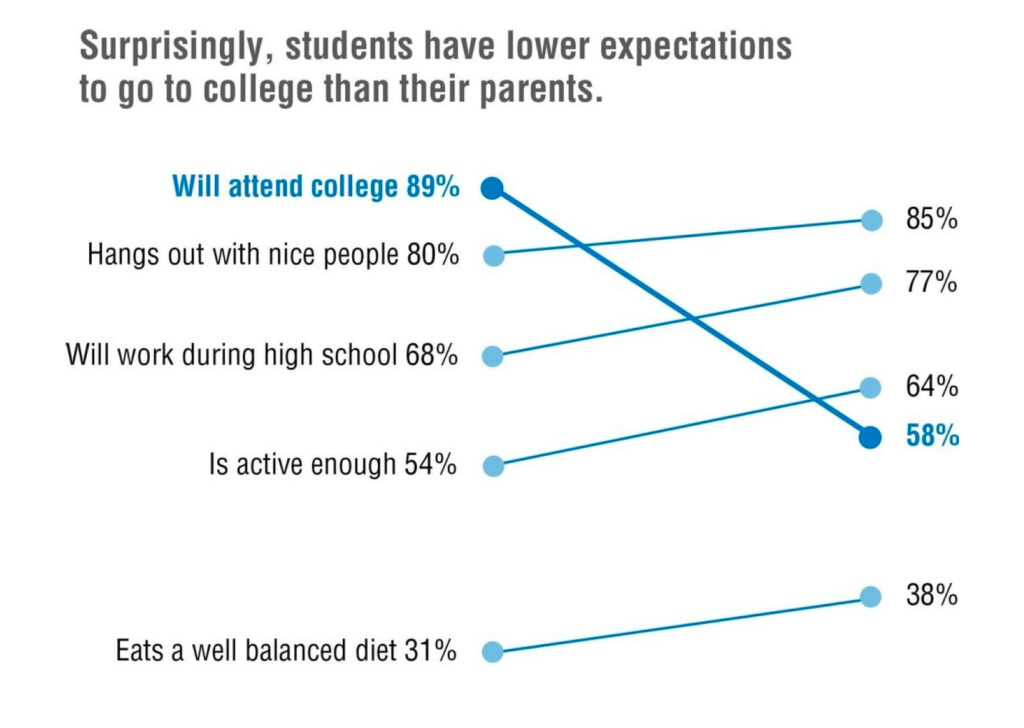First in a series of tips about data visualization (data viz) myths and how to avoid their pitfalls.
MYTH: Data Visualization is about displaying data.
TRUTH: Data Visualization is about making a point.
When communicating the findings of a study, it might seem tempting to lay out the results in a chart, label the bars or lines, and write a simple title above the chart: “Vaccine Hesitancy: Men vs. Women”, or “Vaccination Rates by Country”, etc.
But as Stephanie D.H. Evergreen, Ph.D., points out in her 2017 book, Effective Data Visualization: The Right Chart for the Right Data, we visualize data “because we have a point to communicate to the world. We have a compelling finding to share, a big idea revealed in our analysis that we need to say to people.”
The bar chart below is an example of how not to visualize data.
The title of a graph should have concisely communicated that graph’s most important point in a way that will draw in the reader. Instead of “Vaccine Hesitancy: Men vs. Women”, say “Men Are Significantly More Vaccine-Hesitant than Women.” The chart above should rather have the title, “Childhood Fever Morbidity is higher in rural areas of Ethiopia.”
The next graph shows how to visualize data: make the point in the title
Read more on this from Stephanie Evergreen here.
Over the next three weeks, we’ll be presenting more data viz myths and how to address them.




